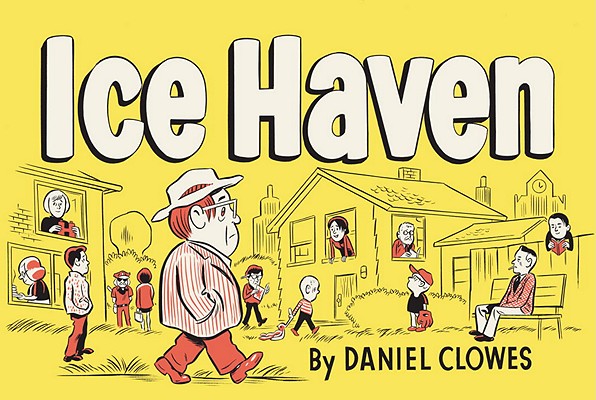
description
0Which SUVs are most likely to rollover? What cities have the unhealthiest drinking water? Which factories are the most dangerous polluters? What cereals are the most nutritious? In recent decades, governments have sought to provide answers to such critical questions through public disclosure to force manufacturers, water authorities, and others to improve their products and practices. Corporate financial disclosure, nutritional labels, and school report cards are examples of such targeted transparency policies. At best, they create a light-handed approach to governance that improves markets, enriches public discourse, and empowers citizens. But such policies are frequently ineffective or counterproductive. Based on an analysis of eighteen U.S. and international policies, Full Disclosure shows that information is often incomplete, incomprehensible, or irrelevant to consumers, investors, workers, and community residents. To be successful, transparency policies must be accurate, keep ahead of disclosers' efforts to find loopholes, and, above all, focus on the needs of ordinary citizens.
member goods
No member items were found under this heading.
Return Policy
All sales are final
Shipping
No special shipping considerations available.
Shipping fees determined at checkout.







